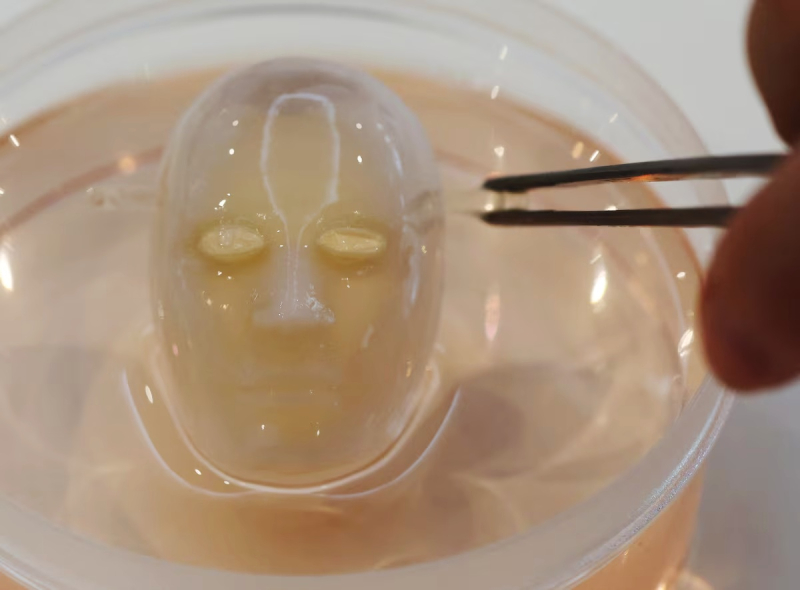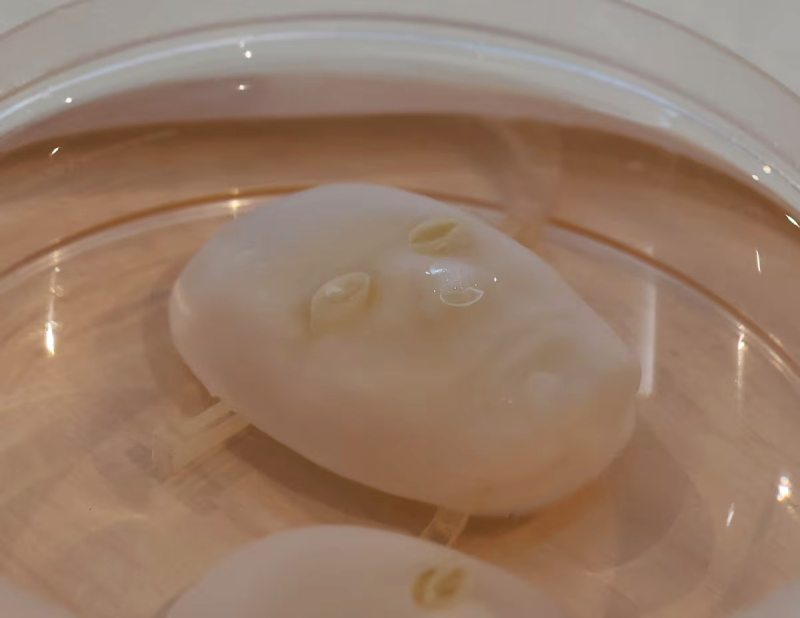Japanese scientists from the University of Tokyo have developed a way to attach grown human skin cells to a robotic face, making the robot “smile.” This is a breakthrough that promises to be used in cosmetics and medicine. According to lead researcher Shoji Takeuchi, the result looks creepy, but is an important step towards creating more realistic robots.

Image source: Reuters/Kim Kyung-Hoon
The smiling robot is featured in a study published in the journal Cell Reports Physical Science. It is the fruit of ten years of research by Takeuchi’s team into combining biological and mechanical robotics technologies. “For the first time, it has become possible to manipulate living skin,” says the scientist.

In the future, the researchers plan to add more elements of real skin to the lab-synthesized skin, including the circulatory system and nerves. This could lead to safer platforms for testing cosmetics and drugs absorbed through the skin.
According to Takeuchi, living tissue has many advantages over metals and plastics, ranging from the energy efficiency of the brain and muscles to the self-healing ability of the skin. It will also help produce more realistic and functional coatings for robots. However, the challenge remains to rid people of the strange or unnerving feelings caused by such robots.

«There’s still a bit of creepiness to it,” Takeuchi admits. “I think making robots from the same materials as humans and teaching them to express feelings could be one of the keys to bridging the gap between humans and machines.”